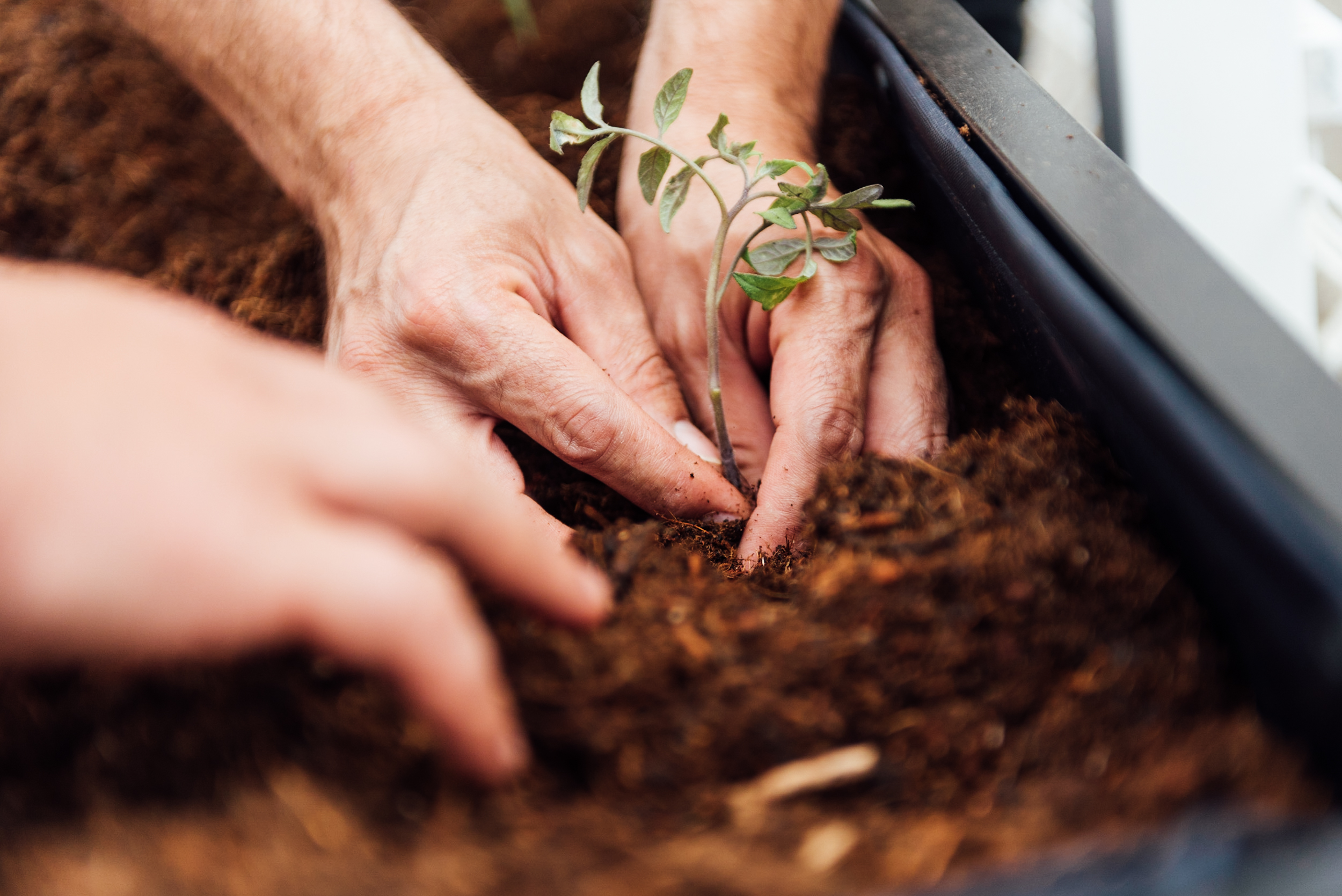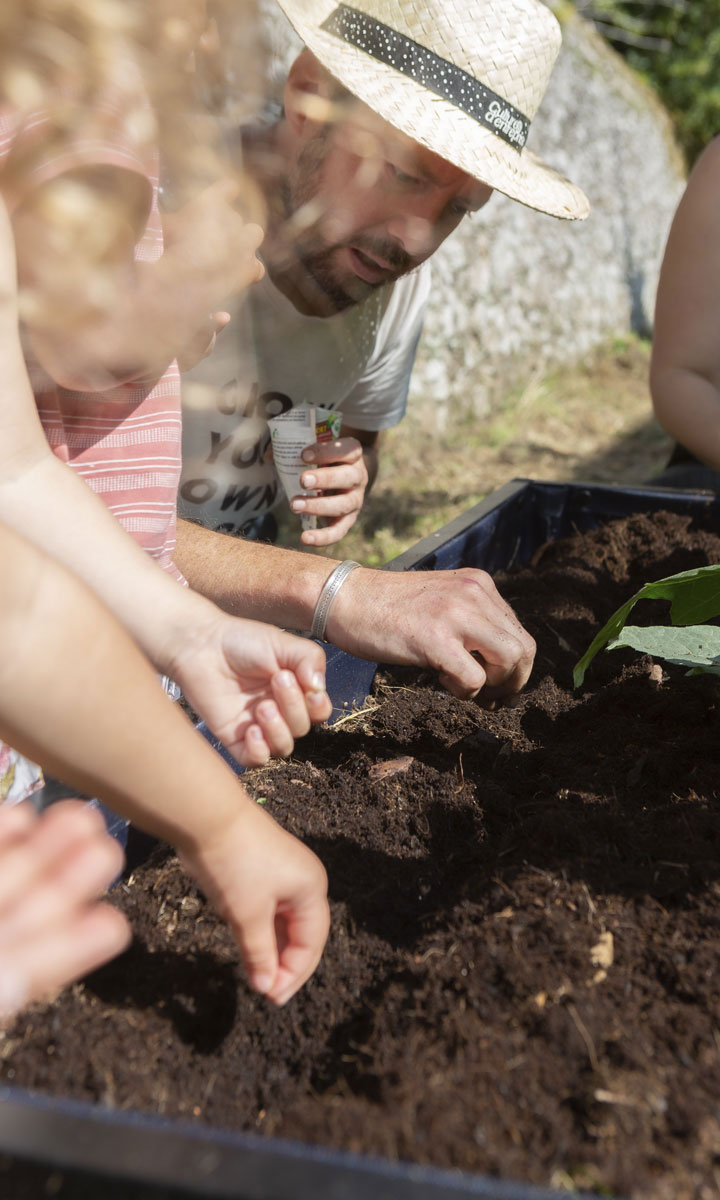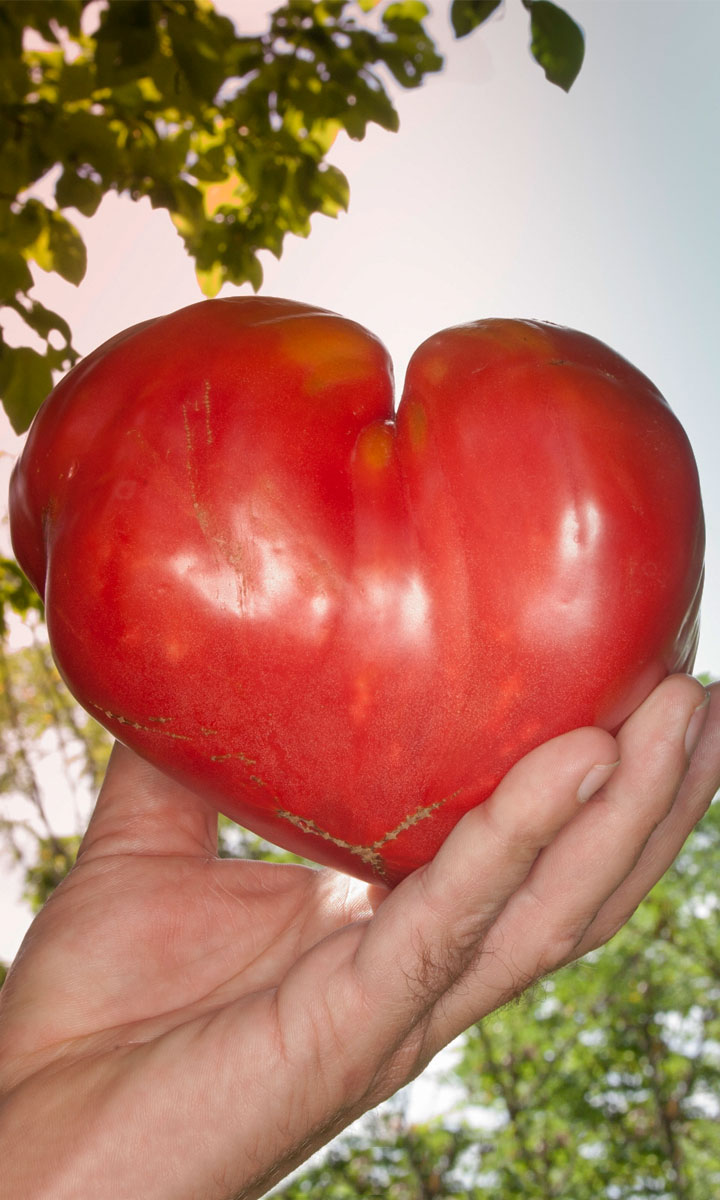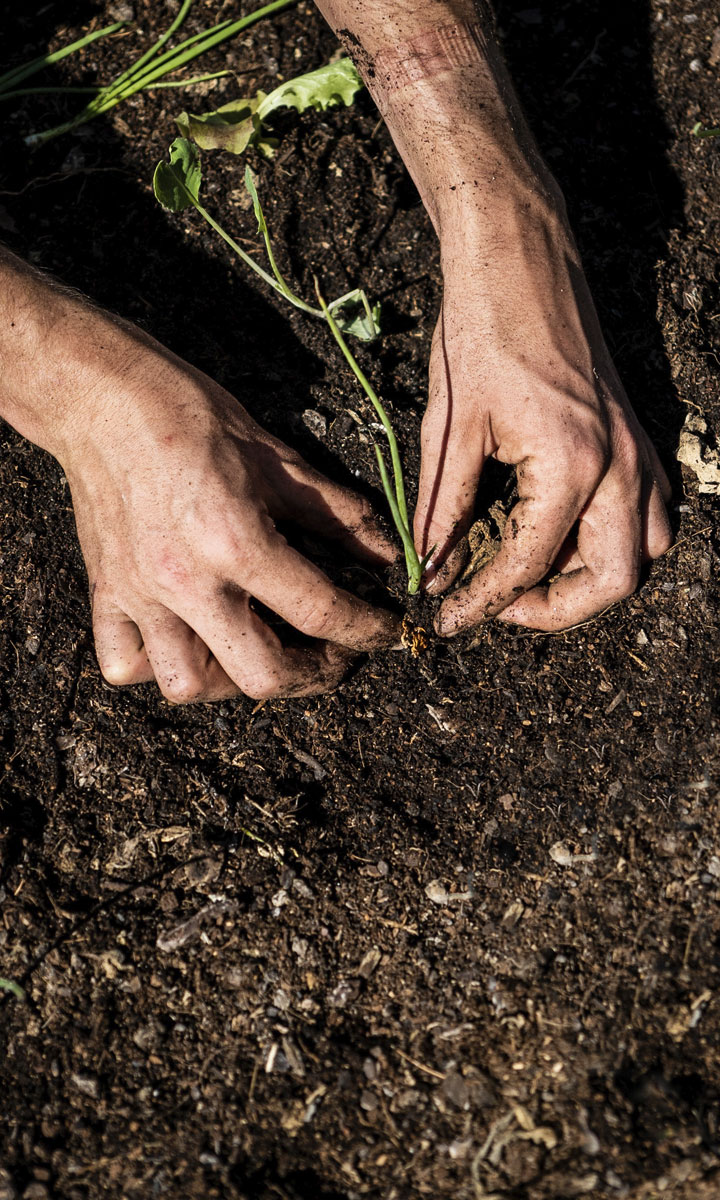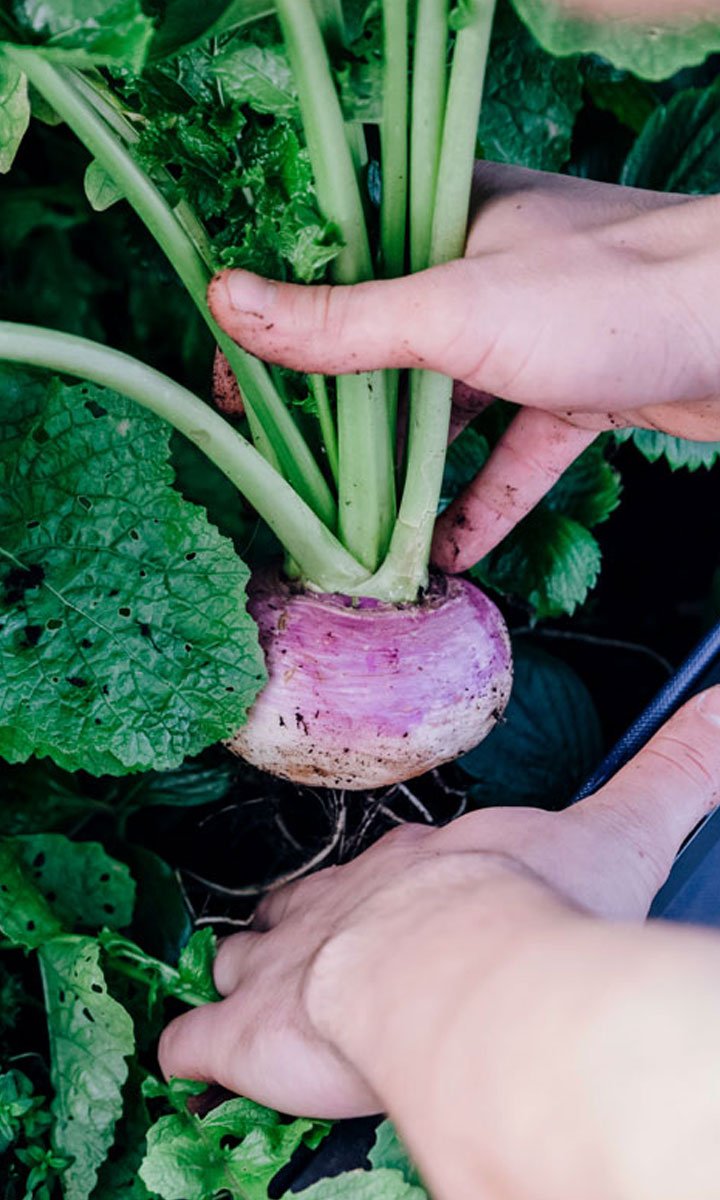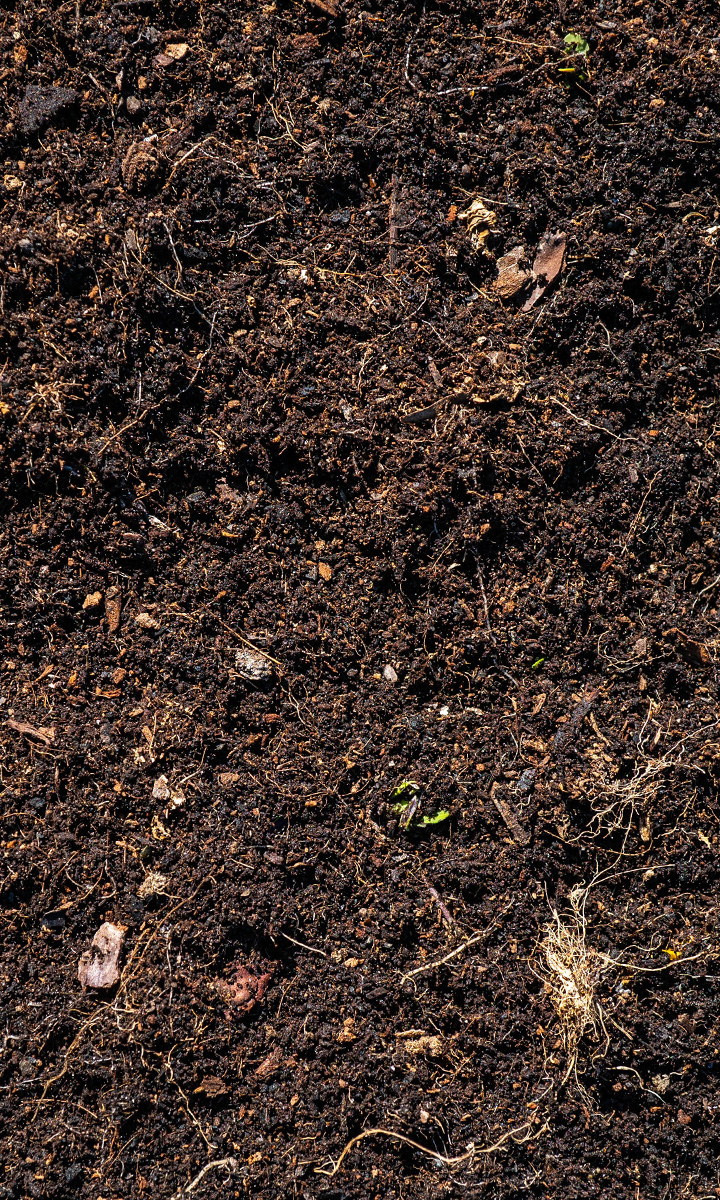What to plant in autumn.

Yann Lescouarch
After two colourful, flavourful seasons, the time has come for leaves to fall and for your garden to start taking on warmer tones. Autumn is a period of change in the garden as it prepares for the arrival of the colder months — but that doesn’t mean that it is any less productive, less green or less colorful! It’s just a question of choosing the right crops to plant in autumn and enjoy a beautiful and tasty garden.
Plant in Autumn: turnips and their tops
Turnips are a root vegetable, usually white but sometimes partly violet, which grows relatively fast. Some turnip varieties grow leafy foliage, better known as the turnips’ tops. These leaves are always edible, no matter the type of turnip. To plant them, simply dig a row about 1cm deep in your soil and place the seeds 2 or 3 at a time, a palm’s width apart. After covering them with dirt, make sure the soil stays moist to speed up germination. Once they’ve sprouted, select and remove plants that appear weak, leaving only one plant in each interval. For softer, tastier turnips, pick them before they get too big.
Arugula
With its slender, jagged silhouette and playfully peppery taste, arugula belongs to the lettuce family and can actually continue to grow when the cold weather hits! Easy to plant, this low-maintenance, shortcycle vegetable (arugula grows in 6 to 8 weeks) is ideal for filling empty spaces in your vegetable patch. In a watered row 1 cm deep, scatter the small seeds along the trench. Cover with substrate and water again. The surface must be kept relatively moist to ensure germination.
Arugula can also be planted as a ‘super-seed’, which involves placing the seeds throughout your whole row and producing multiple harvests with greater productivity. Rich in antioxidants, vitamins and minerals, arugula prefers a well-nourished substrate and plenty of water, both of which are provided by the Noocity sub-irrigation system.
When harvesting, the best is to remove the outer leaves gradually as you need them, thus allowing the younger leaves to develop and making the harvest period last longer.
Swiss chard
Capable of withstanding cold and light frosts, Swiss chard is an excellent crop to plant in the fall. With its large leaves and crunchy stem, this colorful, tasty vegetable is particularly well-suited for those new to horticulture, since it is relatively easy to grow. Sow 2-3 seeds 2cm deep or plant a cutting in a free space about 30cm in diameter.
Proper soil moisture and air circulation help prevent fungus problems; that’s why chard grows so well in our Growbeds. To maximize your chard’s productivity, start by picking the younger leaves as soon as the plant reaches 5cm in height. By cutting off the outer leaves first, you’ll stimulate the plant’s growth. These leaves will make your soups deliciously creamy, and the stems will make a tasty and colorful addition to your pasta or quiches.

Ground yourself
a corporate garden, to connect with
yourself, others and nature.

